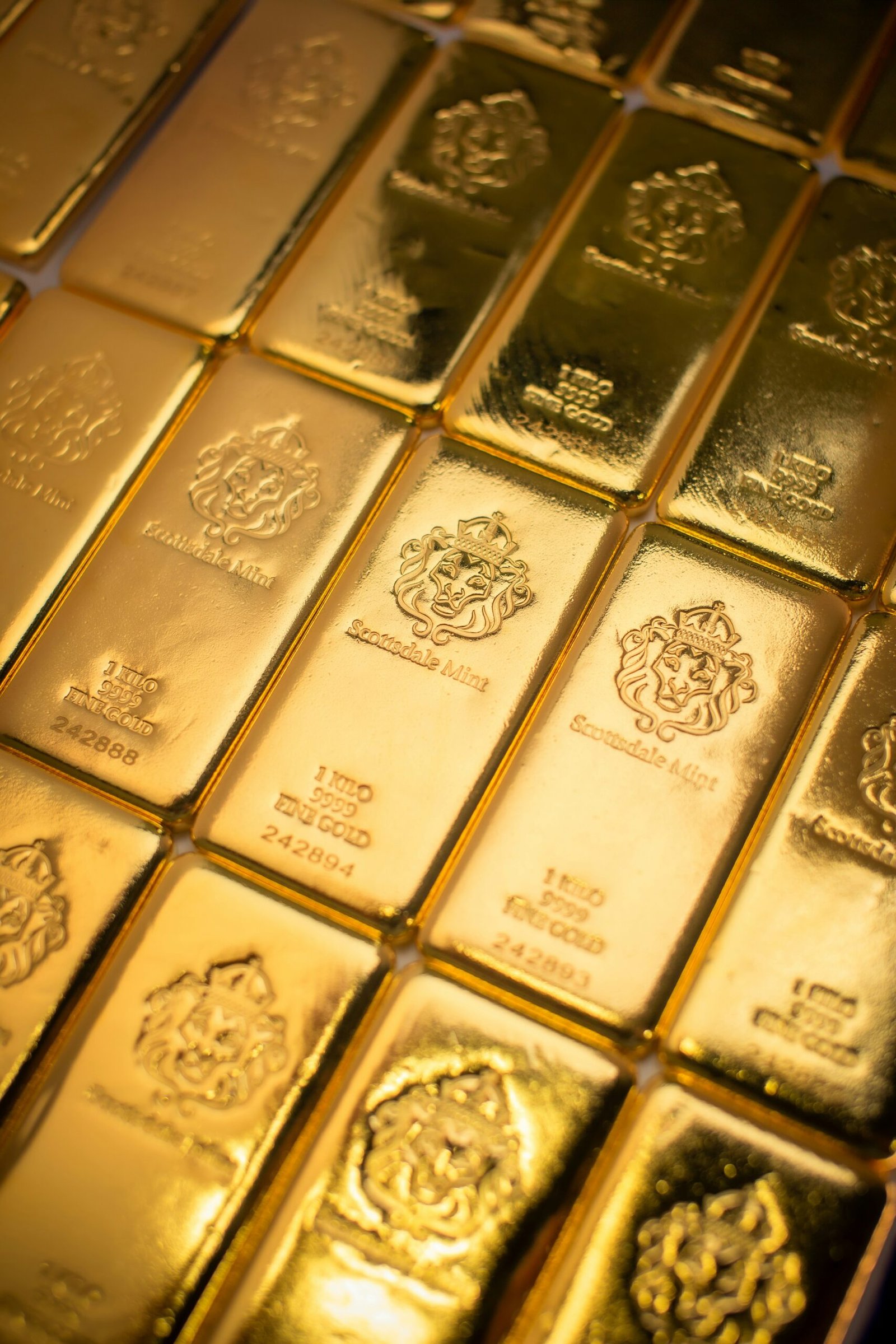The Role of Precious Metals in a Diversified Investment Portfolio

In an ever-changing financial landscape characterized by market volatility, inflation concerns, and geopolitical tensions, investors are continually searching for ways to safeguard and grow their wealth. One time-tested strategy is to build a diversified investment portfolio, and precious metals have long been considered a vital component of this strategy. In this blog post, we will explore the role of precious metals—such as gold, silver, platinum, and palladium—in diversifying your investment portfolio, their benefits, and how they can help mitigate risk.
Understanding Precious Metals as an Investment
Precious metals have captivated human interest for centuries. Not only are they valued for their aesthetic appeal and rarity, but they also serve as a hedge against economic uncertainty. Unlike paper currencies and other assets, they possess intrinsic value and are often viewed as a safe haven during turbulent times. The main types of precious metals utilized in investment portfolios include:
- Gold: Often referred to as a “safe haven,” gold has a long-standing history as a store of value and is widely recognized as a hedge against inflation. Its price tends to increase during periods of economic downturn, making it an excellent counterbalance to more volatile investments.
- Silver: Silver often follows a similar trend to gold but is also heavily influenced by industrial demand. This dual nature provides a unique risk-reward profile. Investors use silver both as a monetary asset and as a play on economic growth, particularly in sectors such as electronics and renewable energy.
- Platinum: This rare metal is primarily used in automotive catalysts and industrial applications. While its price can be more volatile than gold or silver, platinum has the potential for significant gains in times of rising industrial demand.
- Palladium: Like platinum, palladium is primarily used in the auto industry for catalytic converters. Its limited availability and increasing demand have made it a valuable investment commodity over recent years.
Benefits of Including Precious Metals in Your Investment Portfolio
- Hedge Against Inflation
Precious metals, particularly gold and silver, have historically held their value during periods of inflation. As the purchasing power of fiat currencies declines, the value of precious metals often rises, providing a buffer against inflationary pressures. - Safe Haven Asset
When geopolitical tensions or economic crises arise, investors typically flock to precious metals as a means of preserving wealth. This safe-haven characteristic can help offset losses in more volatile asset classes like stocks. - Diversification
Including precious metals in your investment portfolio can dramatically reduce overall risk. Their price movements often diverge from stocks and bonds, meaning that during market downturns, precious metals may increase in value while traditional investments suffer. - Global Demand
Precious metals have universal appeal and acceptance. Investors around the world recognize their value, making them a liquid asset. This attribute is particularly essential in times of economic uncertainty when selling other types of investments may be challenging. - Portfolio Stability
Precious metals can add stability to an investment portfolio. With their historical tendency to retain value, they can cushion portfolios during economic downturns, providing a more robust overall investment strategy.
How to Invest in Precious Metals
Investors can gain exposure to precious metals through several different avenues, each with unique advantages and challenges:
- Physical Bullion: Buying physical gold, silver, platinum, or palladium coins and bars allows investors to hold tangible assets. While this method requires secure storage, it provides direct ownership and peace of mind.
- Exchange-Traded Funds (ETFs): Precious metal ETFs enable investors to buy and sell shares representing a specific amount of metal without needing to handle the physical asset.
- Mining Stocks: Shares in companies engaged in the mining of precious metals can offer significant returns. However, they come with higher risks tied to operational challenges and market conditions.
- Mutual Funds: Precious metal mutual funds invest in a diversified mix of mining stocks and other related assets, providing exposure while spreading out individual security risk.
Conclusion
Incorporating precious metals into a diversified investment portfolio can provide notable benefits, including inflation hedging, portfolio stability, and overall risk reduction. While the prospect of investing in physical bullion or mining stocks may seem daunting, the security and potential returns offered by these assets warrant consideration.
Like any investment, it’s essential to do thorough research, assess your financial goals, and consult with financial advisors when necessary. As we navigate an increasingly complex economic environment, the inclusion of precious metals could be a strategic move towards a more resilient investment portfolio that can withstand the test of time. Remember, diversification isn’t just about owning many assets—it’s about owning assets that work well together, and precious metals can play a crucial role in that equation.
Leave a Reply